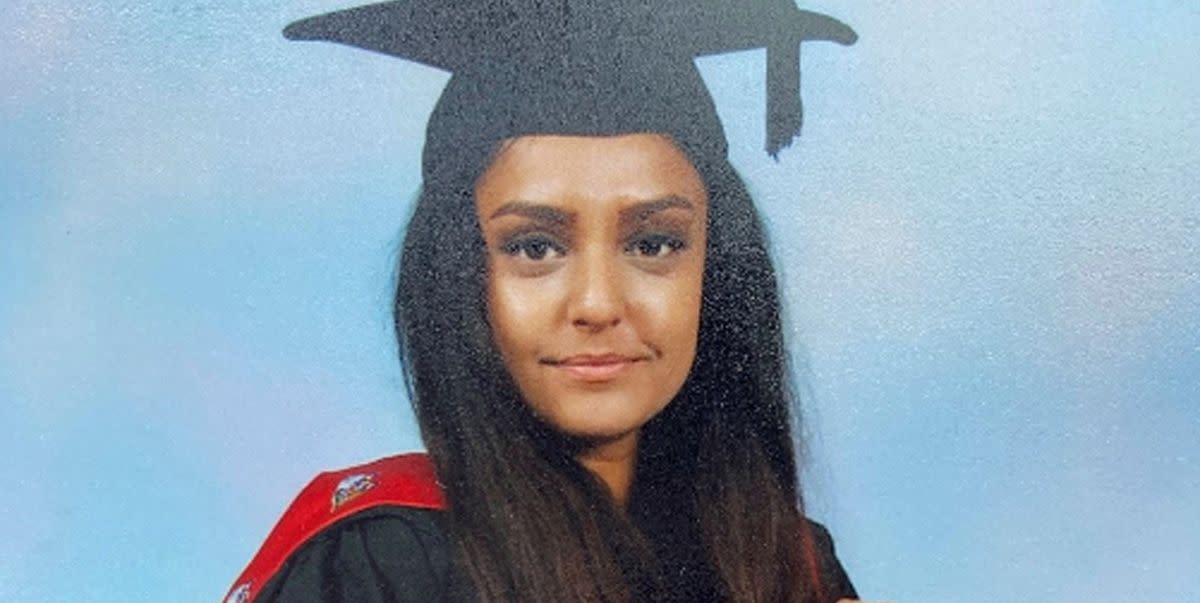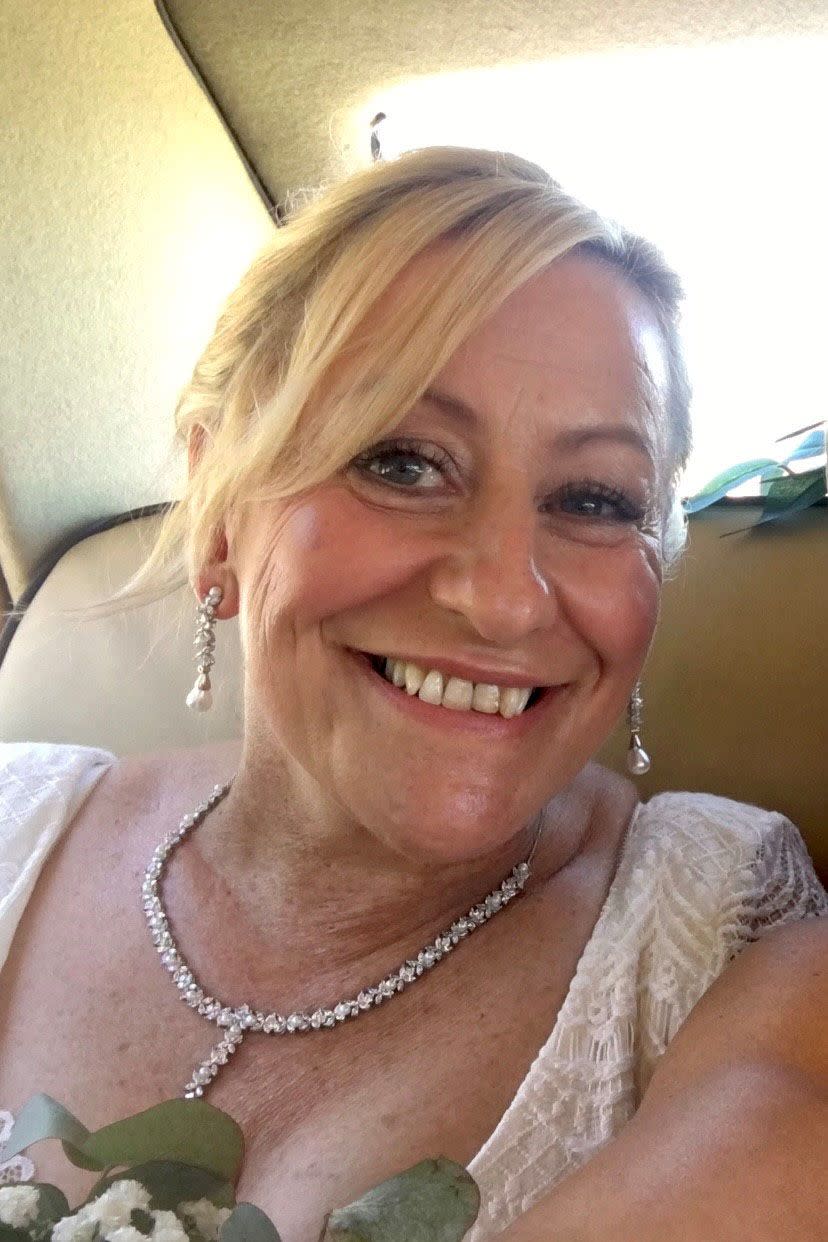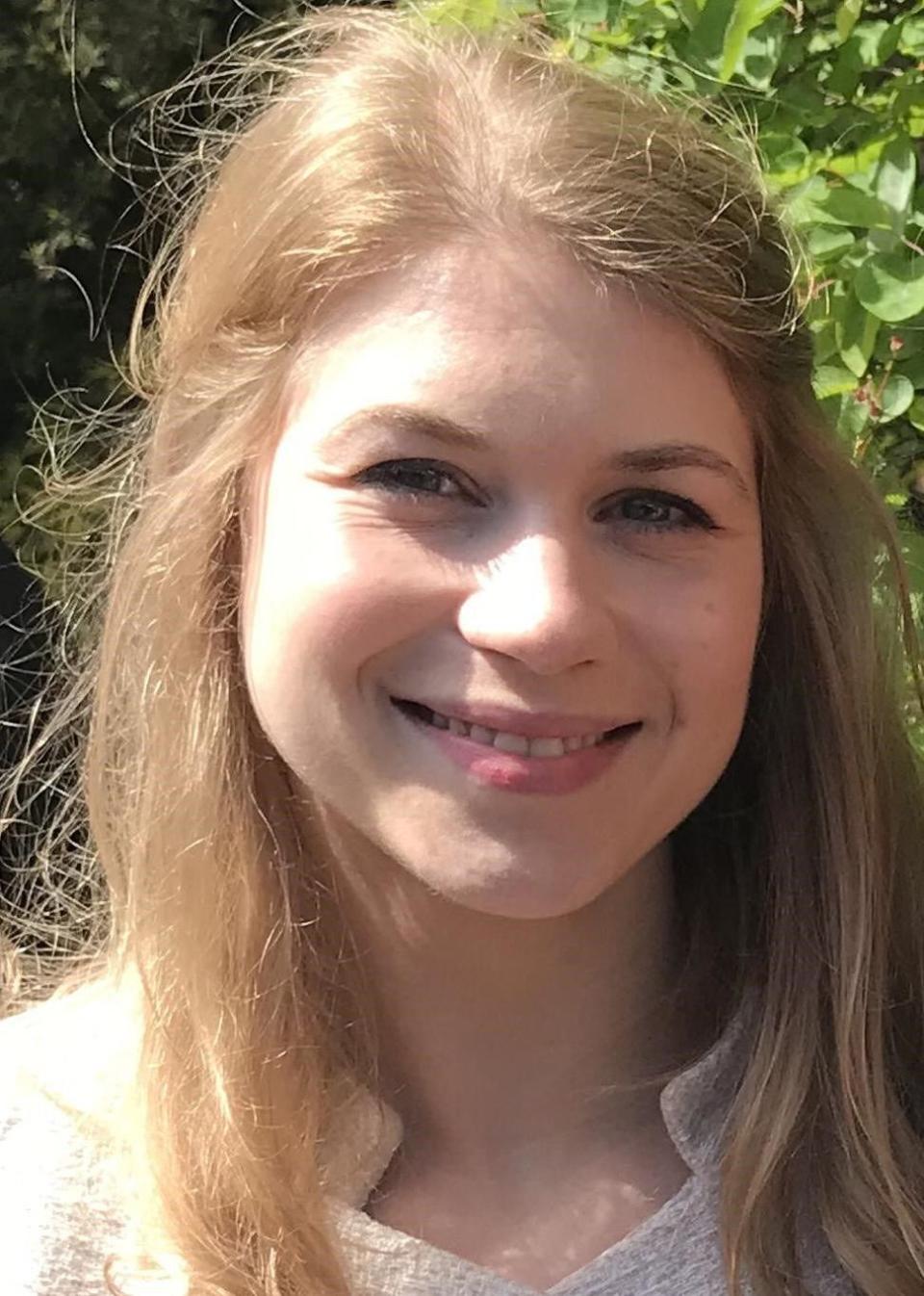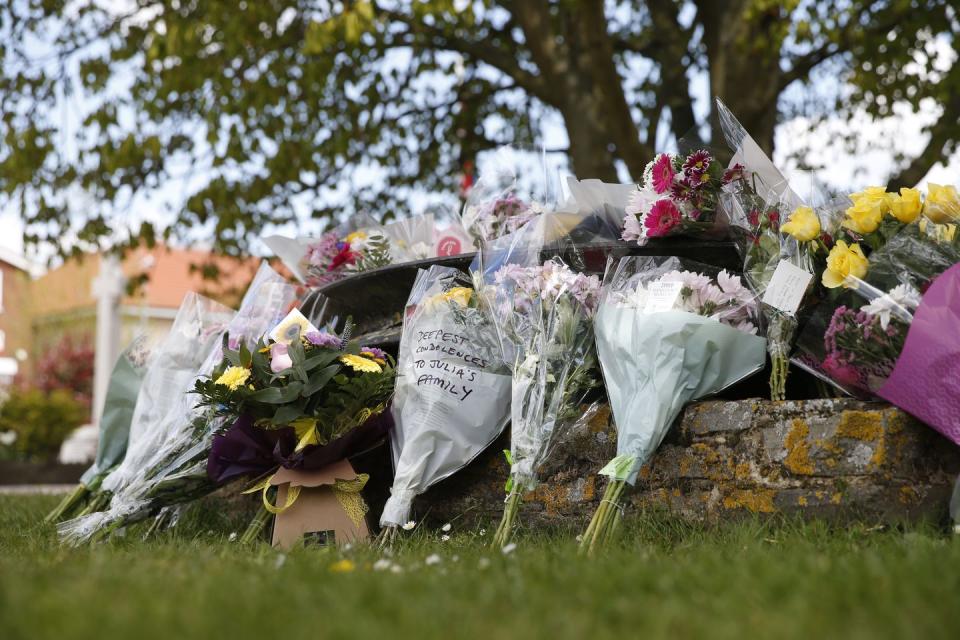Why are we gripped by some murdered women and not others?

When images of Sarah Everard began circulating in early March, it exposed different levels of injustices – the obvious injustice of women having to live in fear of being attacked, harassed or worse by men; the injustice of the expectation that we should modify our behaviour to stop male violence; and the grubby injustice of why some women’s murders attract public attention and others don’t.
We will not forget Sarah Everard, the 33-year-old who was abducted on her way home and later killed by a police officer. By the time Sarah’s vigil took place we all knew what she looked like. In the seven-day hunt before her remains were found and in the weeks that followed, Sarah’s face covered lampposts, bus stops and park trees, and photos of her flooded our feeds and dominated news sites and papers. We can’t say the same for the other 118 women killed at the hands of men over the past 12 months, whose names the MP Jess Phillips read out in a House of Commons debate – a list so long it took her more than four minutes to get through. She does this every year, but it was only after Sarah’s death that it gripped both the media and us, the public. Some women’s murders seize our attention, while others are seemingly invisible to us.
The fact that Sarah was missing for a week before she was discovered dead meant that her image was widely circulated, as loved ones and members of the public desperately tried to find her – but someone goes missing every 90 seconds in the UK. What made so many of us share her picture on social media over the numerous other cases that barely attract a news story? After her body was discovered in Kent woodlands, Sarah’s tragic death prompted an outpouring of grief and a vigil that will be talked about years, for good and bad reasons.
We have not responded similarly to the murder of Sabina Nessa, a 28-year-old primary-school teacher described by the head teacher as “brilliant, kind and dedicated to her pupils”. Last week, Sabina crossed her local park in South East London to meet a friend for a Friday night drink at a pub in Kidbrooke at around 8.30pm, a time that the park was likely to have been busy. As we now know, she never arrived. This young woman is thought to have been attacked from behind and murdered on the way. Her body was found near the OneSpace community centre at Kidbrooke Park Road on Saturday. Little has been made of her death in the news until now, nearly a week after the event. Only now is this crime gaining traction on social media. That her assailant is still at large – still able to strike again – is precisely why the murder of every woman is deserving of equal attention.
This tiny piece on page 6 of today's Metro is all that's given to the death of #SabinaNessa. Cannot comprehend this. Such little coverage can only be down to the ethnicity of the victim. So wrong pic.twitter.com/0NWXvJLxuj
— Michael Malcolm (@CommonwealthCBC) September 22, 2021
This woman was murdered Saturday.
I have not seen a single thing on here about it. Not like Sarah was plastered everywhere.
Could it be because she is brown?
What is wrong with people. https://t.co/lnK9asSMFn— Darth Fuchsia: Knight of Ren. (@LadyAurelius) September 21, 2021
Scarce media coverage was also given to Julia James, a 53-year-old police community-support officer, who was walking her dog in the Kent hamlet of Snowdown when she was murdered on 27 April. She was found dead in a nearby wood, after suffering blunt force trauma to the head. Like Sarah and Sabina, she too was going about her day when her life was extinguished by an apparent stranger.

Julia James was a mother, a friend and a grandmother. She was well loved within her local community and her death has devastated her family and friends, who still can’t believe they will never see her warm, smiling face again. But, like Sabina Nessa, her case didn’t initially attract the same airtime as other murder cases, that much is clear. “Where is the uproar about my beautiful cousin?” tweeted Sam Griffin at the time. “Where is the huge outrage and pouring of despair? Where are the vigils and protests about her murder?”
Which factors make some lives more important to the public than others? It’s an uncomfortable, complicated subject to address. Would Sarah’s disappearance have received as much airtime were she not a pretty, white, blonde 30-something-year-old who looked like someone who might be your friend, or a daughter of your friend, depending on how old you are? Does it mean anything that Julia James was killed in the parish of Aylesham, a predominantly working-class former coal-miner’s village, rather than a busy road on the outskirts of middle-class Clapham? Would the murder of Sabina Nessa have been covered more extensively if she were white? I think we know the answer. One can only imagine the media storm that would currently be in full swing, the many impassioned emails and tweets sent to local MPs, and the #justiceforsabina hashtag that would, by now, be viral. Gender-based violence doesn’t discriminate, but we do.

What happened to Sarah on that awful March evening as she walked along that busy road home is a tragedy for her bereft friends and family, a life ended far too soon in the most terrifying of circumstances. It is every woman’s fear that they will be attacked on their way home. But as intersectional feminists, we must recognise the problems the coverage concerning her death exposed – how class, age and race determine the newsworthiness and public response to missing or murdered women.

Social scientists have created a term called Missing White Woman Syndrome, which looks at how race and class influence the coverage of missing women. Zach Sommers, a sociologist who studies crime at Northwestern University in the US, conducted extensive research to find out that the disappearance of white women is far more likely to be reported on than their Black counterparts. In the UK, the University of Leicester Criminology professor Yvonne Jewkes cited the murders of Milly Dowler, Sarah Payne and the Soham girls as examples of “eminently newsworthy stories” about girls from “respectable” middle-class families and backgrounds whose parents used the news media effectively. The same could be said of the disappearance of Madeline McCann, whose abduction in 2003 sparked months of intense media conversation, and latterly a Netflix docuseries.
None of this is easy to stomach. It is a grim reality to have to confront – the concept that some lives are seen as more valuable than others – but turning the other way and ignoring the issue does no one anyone favours, either. Until we understand these biases, look them squarely in the eye and consciously try to change them, we will never find a better route. It is good at least that we have taken the murder of one woman seriously. What will it take for us to take them all seriously?
Anyone with information or any witnesses are being asked to call police on 101, reference 5747/18. To remain anonymous please contact Crimestoppers on 0800 555 111.
You Might Also Like


